Can You Bleach Wet Hair: Truth About The Commonly Asked Question!
Learn if wet hair bleaching is for you and then master your hair color game with confidence!
On Dec 21, 2023 – 7 minutes read
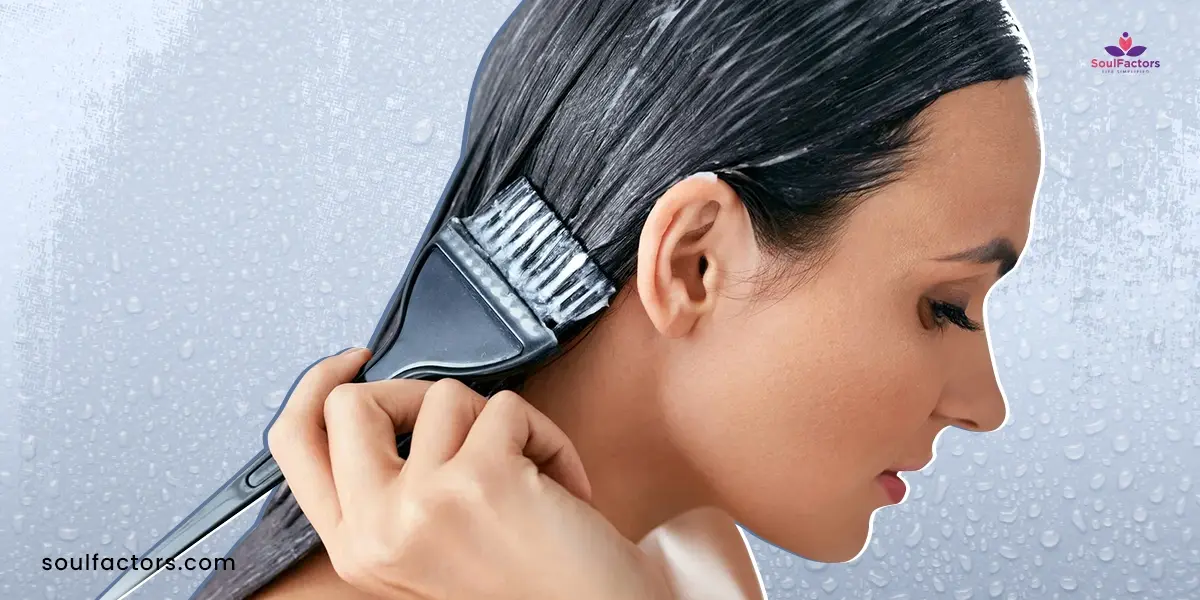
“Can you bleach wet hair?” This question is on the minds of many in the hair care and styling world, especially as the highlighting trend continues to soar. While exploring the realms of dyeing hair, it is crucial to understand that bleach can significantly damage your damp hair.
If you aren’t so aware of it yet, let’s go explore various aspects of bleaching your hair, including questions like “Do you bleach hair wet or dry” “Can you bleach wet hair at home” “How bleach can damage your damp hair?” “How To Bleach Hair At Home “ and “Does wet hair bleach faster”. Our journey will cover everything among the highlighting trends from French balayage to hair coloring and how to take care of bleached hair.
Basics Of Hair Bleaching
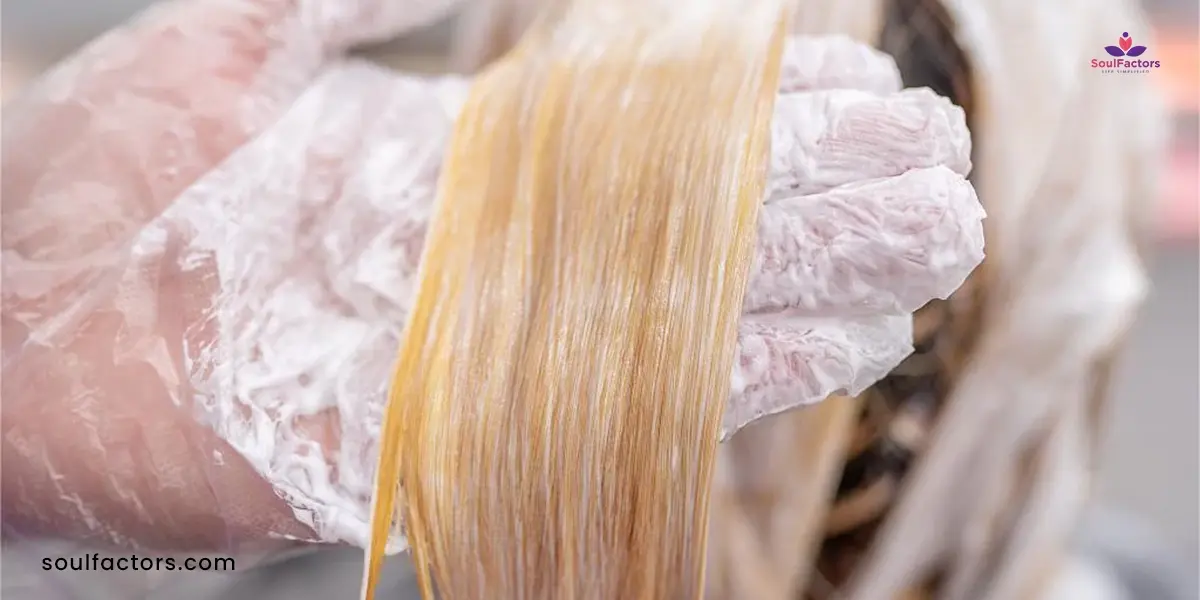
Hair bleaching is a transformative process that involves altering the natural pigment of your hair. It is a popular method used to achieve lighter shades or prepare the hair for vivid coloring. The process typically involves applying a chemical mixture and it usually contains hydrogen peroxide or a bleaching agent to strip the color from the hair shaft. This can dramatically change the appearance of your hair, but it is important to understand the process and its effects on hair health.
Can You Bleach Freshly Washed Hair?
A common question that arises is, “Can you bleach wet hair?” Well! What we’ll tell you is that the answer is nuanced. Bleaching freshly washed hair is generally not recommended by professionals. When hair is wet, it is more porous and sensitive to damage(1).
The water in the hair can also dilute the bleach lead to uneven lifting and cause harm. It is usually advised to bleach hair that is dry and hasn’t been washed for a day or two as the natural oils can help protect the scalp and hair during the bleaching process.
The Risks And Consequences Of Bleaching Wet Hair
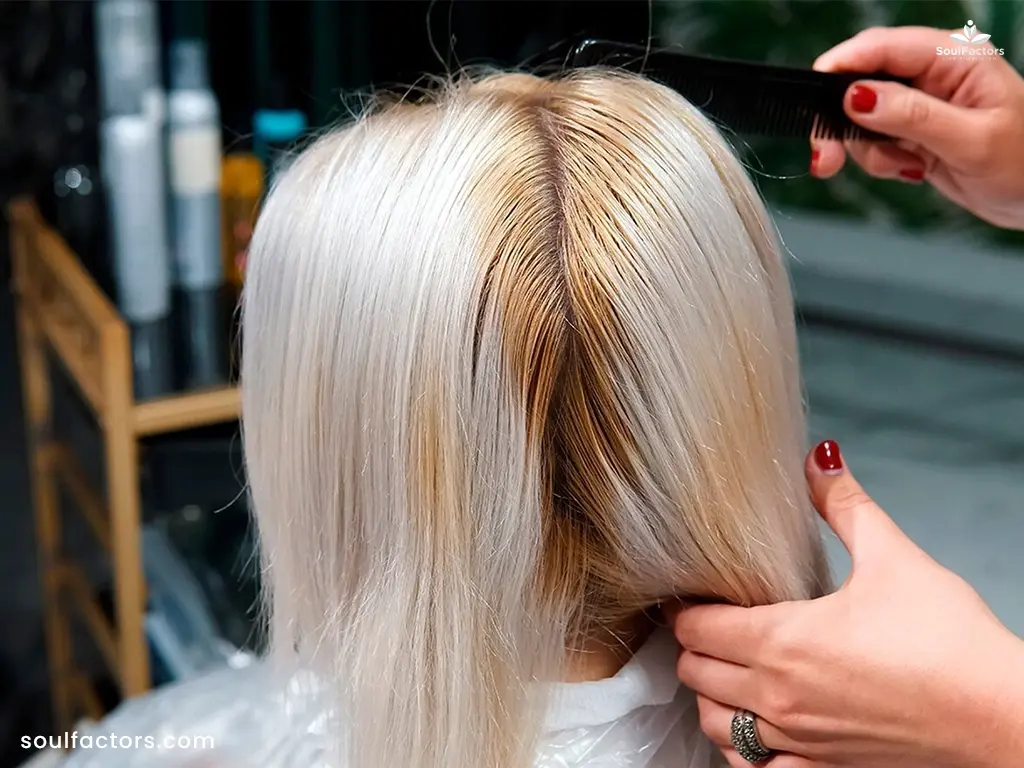
Bleaching wet hair can pose several risks. The most prominent is the increased likelihood of uneven color. Wet hair can dilute the bleaching agent and lead to patches of different shades. It will also be more fragile and susceptible to breakage, and the harsh chemicals in bleach can exacerbate this. Another risk is increased scalp irritation(2) or chemical burns as the bleach can more easily penetrate the skin when the hair is wet.
When Is It Okay To Bleach Wet Hair?
We know you would be wondering whether you can safely bleach wet hair. A mild bleach on slightly damp hair might be used by professionals for specific techniques in certain circumstances, like subtle highlights or balayage, where a less intense lift is needed. However, these are specialized techniques that require a skilled hand. For the average person, it is safer and more effective to apply bleach to dry hair when bleaching at home. This ensures more controlled and predictable results.
Factors To Consider When Bleaching Your Hair
Several crucial factors need consideration to ensure the health of your hair and the effectiveness of the process.
- Hair Type and Condition: Different hair types react differently to bleach. Fine hair may process quicker than coarse hair. If your hair is damaged or dry, it might be more susceptible to breakage.
- Desired Level of Lightness: The amount of color lift you want will affect the type of bleach and processing time required.
- Previous Hair Treatments: Previous color treatments, perms, or relaxers can affect how your hair reacts to bleach.
- Scalp Sensitivity: You may need to use a gentler bleaching formula or take additional precautions if you have a sensitive scalp.
- Expertise and Experience: Consider professional assistance to avoid common mistakes if you are new to hair bleaching.
How Long Should Bleach Be Left On Damp Hair?
The processing time for bleach on damp hair can vary. Generally, bleach acts faster on damp hair than on dry hair. However, it is not recommended to bleach wet hair due to the reasons previously mentioned. If you choose to proceed, closely monitor the hair every 5-10 minutes. Also, never leave bleach on for longer than the product’s recommended maximum time.
Best Practices For Safe Hair Bleaching
Follow these practices to ensure safe and effective hair bleaching.
- Patch Test and Strand Test: Always perform these tests before applying bleach to your entire head, to check for allergies and get an idea of how your hair will react.
- Use Quality Products: Opt for high-quality bleaching products to minimize hair damage.
- Follow Instructions Precisely: Adhere to the instructions on the bleach product, especially regarding mixing ratios and processing times.
- Protect Your Skin and Clothing: Use gloves and wear an old t-shirt or a cape to protect your skin and clothes.
- Proper Ventilation: Bleach can produce strong fumes- ensure adequate ventilation in your workspace.
Alternatives To Bleaching Wet Hair
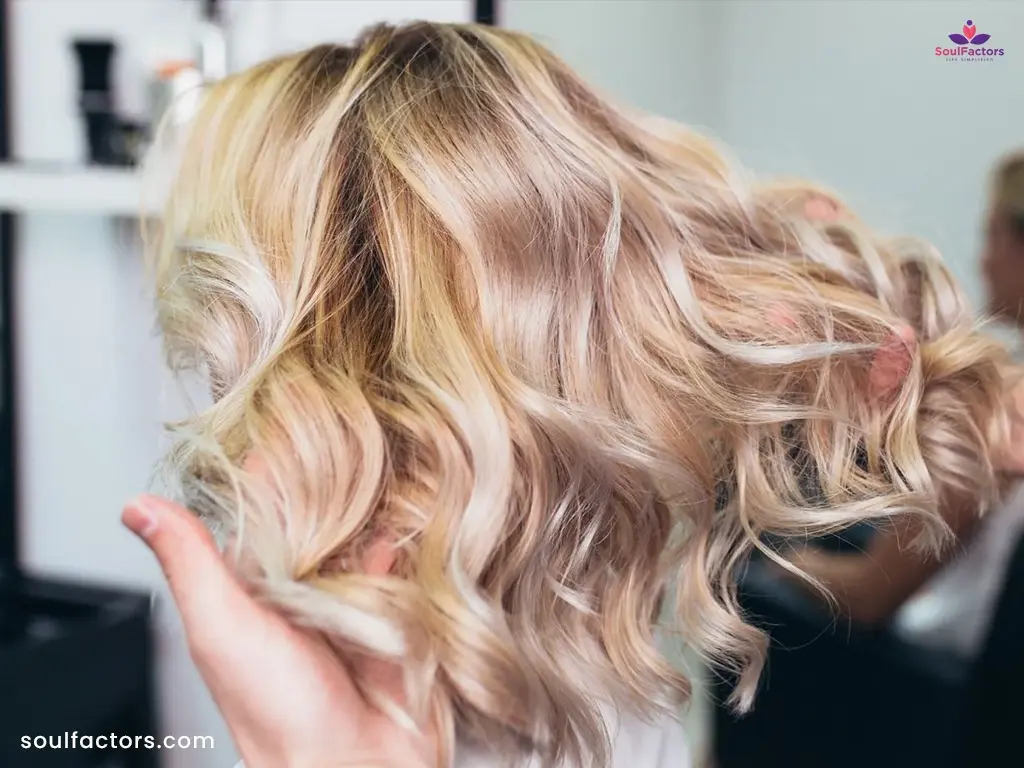
You can consider these options for hair color without bleach if you are keen to bleach black hair:
- High-Lift Hair Dye: These dyes can lighten hair without the harshness of traditional bleach.
- Gradual Lightening Products: Products like lightening sprays or shampoos can gradually lighten hair over time.
- Professional Highlights or Balayage: These techniques can give a lighter look without fully bleaching your hair when done by a professional.
The Benefits Of Dyeing Hair While It’s Wet
Dyeing hair while it is wet can have some advantages:
- Even Distribution: Wet hair can make it easier to spread the dye evenly.
- Gentler Process: Some find that dyeing wet hair is less harsh than dyeing dry hair.
- Time Efficiency: Applying dye to wet hair right after washing can save time.
Maintenance And Aftercare
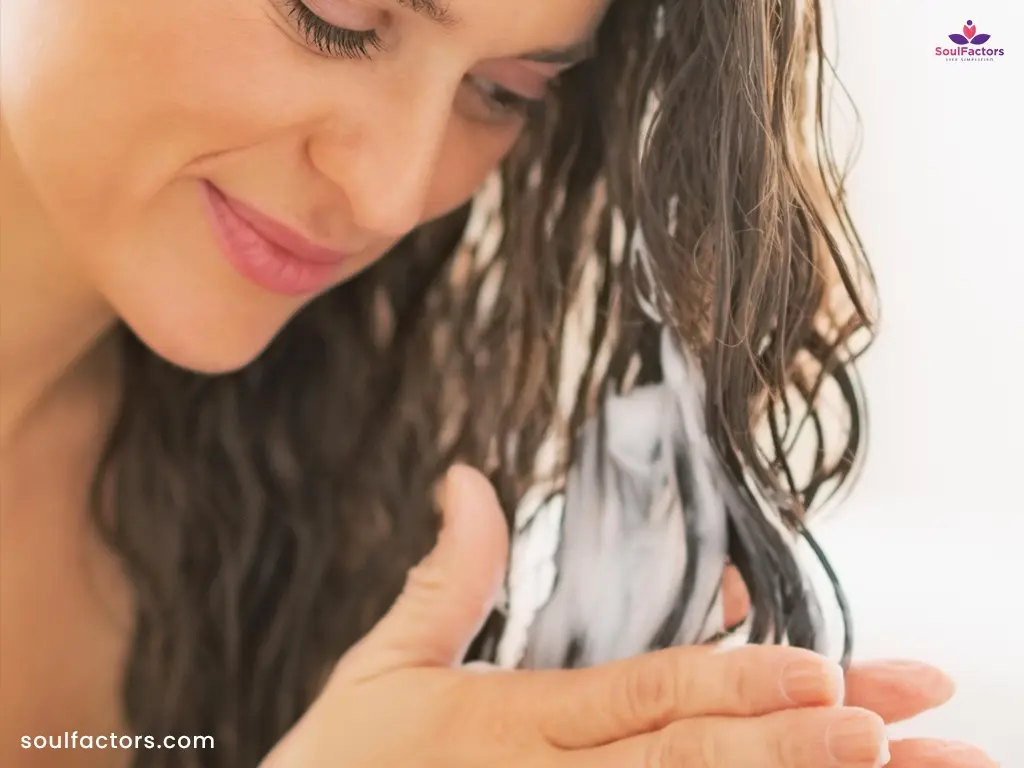
Proper post-bleaching care is essential for maintaining the health and vibrancy of your hair. Here are key practices to follow.
- Deep Conditioning: Regular deep conditioning treatments are crucial for bleached hair. These treatments replenish lost moisture and nutrients and aid in the repair and strengthening of hair weakened by bleaching. Use deep conditioning masks or treatments specifically formulated for chemically treated hair at least once a week.
- Avoid Heat Styling: Limit the use of heat-styling tools like straighteners, curling irons, and blow dryers. When heat styling is necessary, use a heat protectant spray to minimize damage and keep the temperature settings as low as possible.
- Trim Regularly: Bleaching can cause split ends and breakage, so regular trims (every 6-8 weeks) are vital.
- Use Color-Safe Products: Shampoos and conditioners designed for colored or bleached hair are gentler and help maintain the color and health of your hair. These products often contain ingredients that nourish the hair, prevent color fading, and extend the life of your bleached hair.
- Avoid Frequent Washing: Overwashing can strip away natural oils that nourish and protect your hair. Try to limit hair washing to a few times a week and consider using dry shampoo to refresh your hair between washes. This approach helps to retain the natural oils and keep your hair hydrated.
FAQs
Bleaching wet hair can lead to uneven lightening and increased hair damage.
Not necessarily, as wet hair can dilute the bleach and lead to uneven results.
No, it can actually increase the risk of damage due to hair’s vulnerability when wet.
It’s not recommended as it can lead to breakage and matting.
It varies, but generally, hair should not be bleached more than once every 6-8 weeks.
Yes, but gently and with a wide-tooth comb to avoid breakage.
Yes, but the color may not be as vibrant or long-lasting as on dry hair.
Let’s Wrap!
Can you bleach wet hair? Well, now we know this question has many variables to consider! There are instances where wet hair bleaching is appropriate, but it is safer to bleach dry hair. Each hair type is unique, and what works for one person may not work for another. So always consult with a professional if in doubt, follow the right approach, and achieve your desired hair color happily!
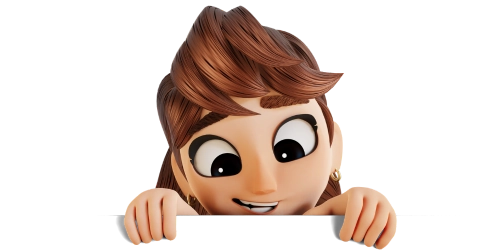
Subscribe to Newsletter
Elevate your routine, stay on trend, and embrace a personalized beauty journey with our curated insights.
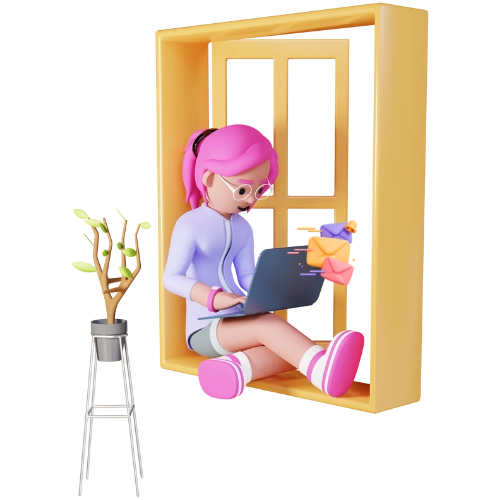

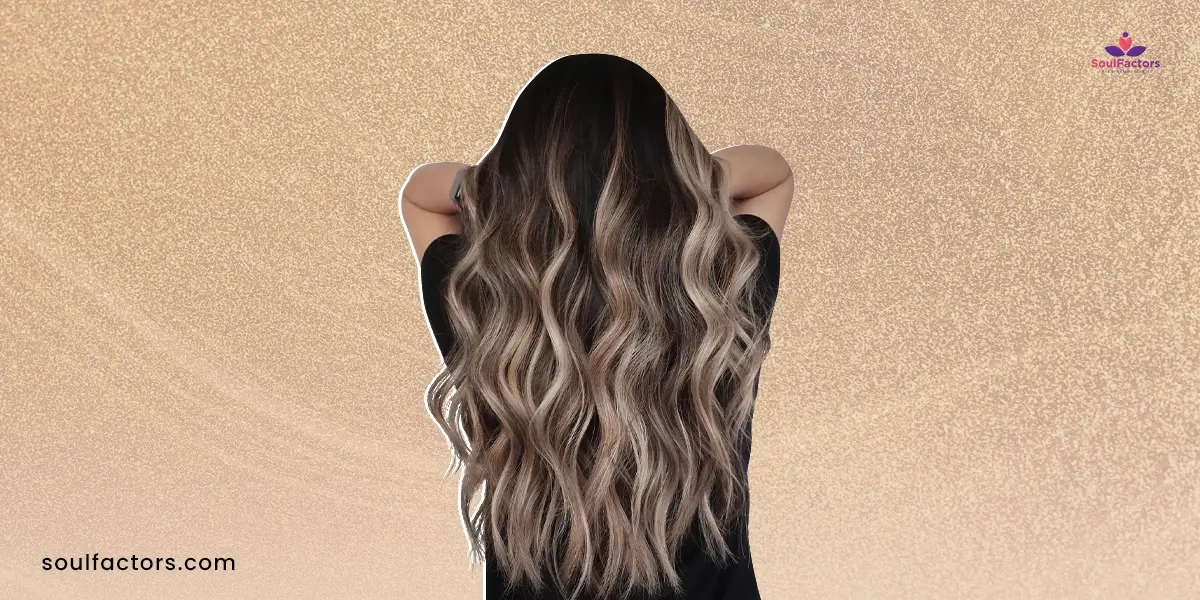
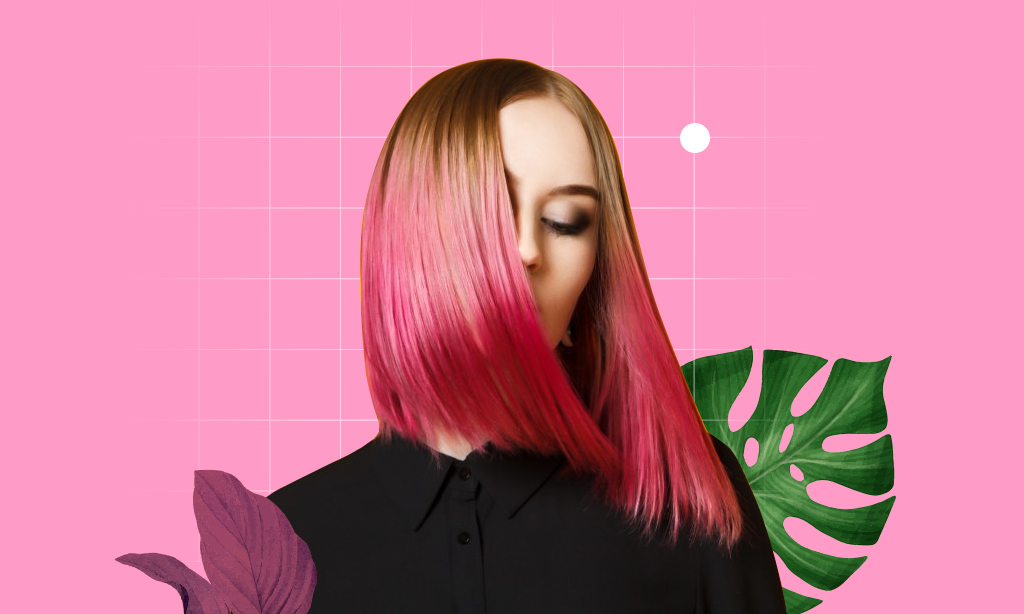
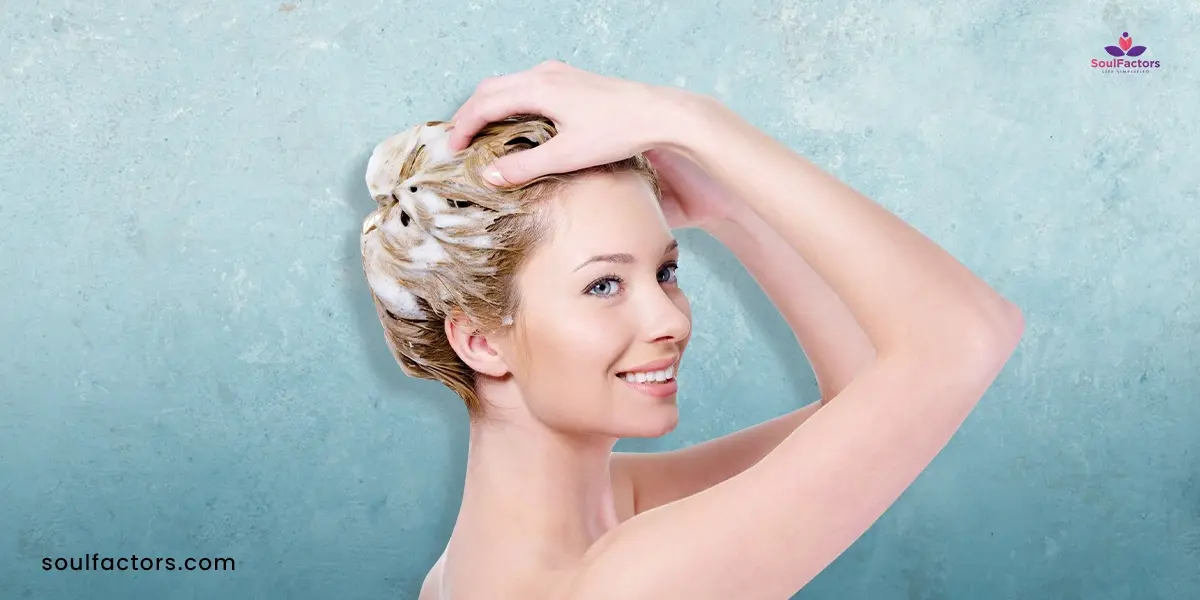
Write a Comment